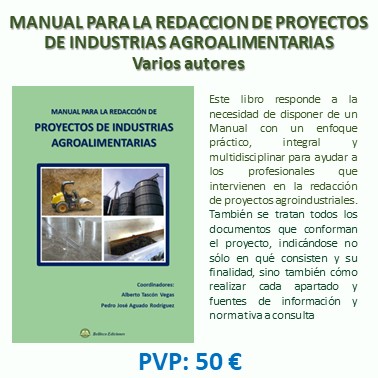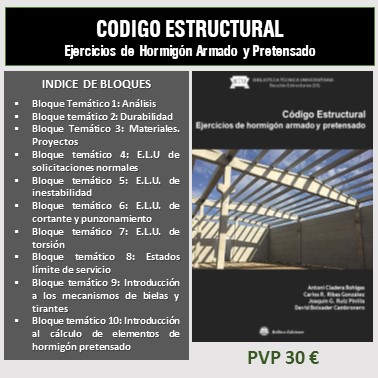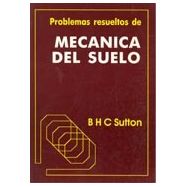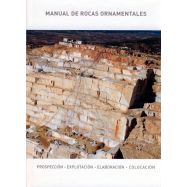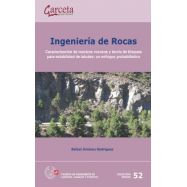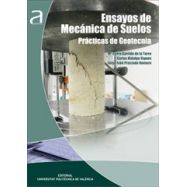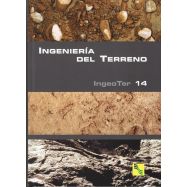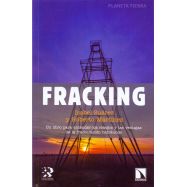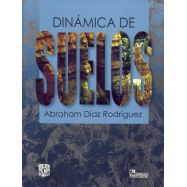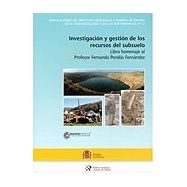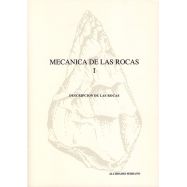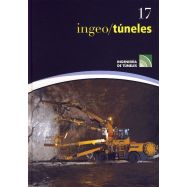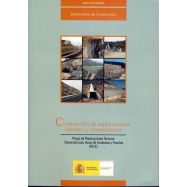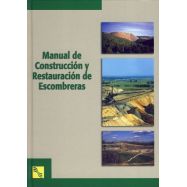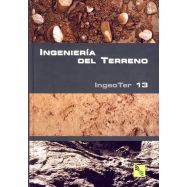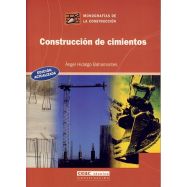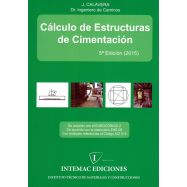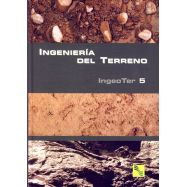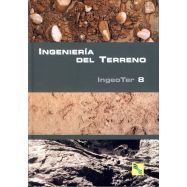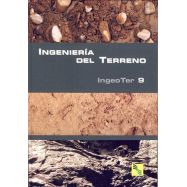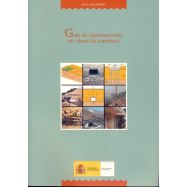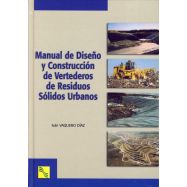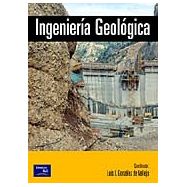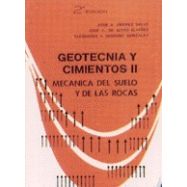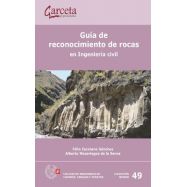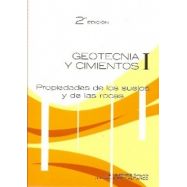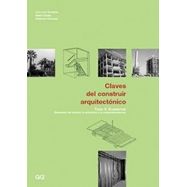Ningún producto
Materias
- BELLISCO EDICIONES. Nuestro Fondo Editorial
- FONDOS EDITORIALES EN DISTRIBUCION
- LIBROS TECNICOS EN INGLES
- ARQUITECTURA - URBANISMO
- AUTOMOCION - MOTORES - VEHICULOS
- AVIONICA - AERONAUTICA
- CALIDAD - EMPRESARIALES - GESTION
- CIENCIAS EXACTAS - MATEMATICAS
- CIENCIAS NATURALES Y APLICADAS
- CIENCIAS DE LA TIERRA - INGENIERIA DEL SUELO
- DICCIONARIOS TECNICOS
- ESTRUCTURAS - CONSTRUCCION
- FORMACION PROFESIONAL
- HIDRAULICA - INGENIERIA SANITARIA - AGUAS
- INGENIERIA CIVIL - OBRAS PUBLICAS
- INGENIERIA MECANICA E INDUSTRIAL
- INSTALACIONES . GENERALES, EN EDIFICACION E INDUSTRIALES
- MATERIALES
- MEDIO AMBIENTE
- NORMATIVA
- OPOSICIONES
- PREVENCION DE RIESGOS LABORALES
- PROGRAMAS INFORMATICOS DE CALCULO
- TECNOLOGIA DE LOS ALIMENTOS: Industrias: Conservación, envasado y cadenas alimentarias
- TELECOMUNICACIONES - INFORMATICA - TECNOLOGIA DE LA INFORMACION
- OUTLET DE BELLISCO: Descuentos de hasta el 80%
- RELIGION, TEOLOGIA, MORAL Y ESPIRITUALIDAD
- VARIOS
- OFERTAS
- PROMOCIONES
- NEWSLETTER
- CATEGORIAS DESTACADAS
- ULTIMAS NOVEDADES BELLISCO
- ARQUITECTURA SOSTENBILE
- URBANISNO
- MATEMATICAS EN GENERAL
- AGRONOMOS-AGRICULTURA-FORESTALES
- ELECTROMAGENTISMO-ELECTRONICA-ELECTRICIDAD
- INGª Y MECÁNICA DEL SUELO. CIMENTACIONES
- TOPOGRAFIA, FOTOGRAMETRÍA, GEODESIA
- EDIFICACION
- ANALISIS DE ESTRUCTURAS, RESISTENCIA DE MATERIALES, ELASTICIDAD, CALCULO MATRICIAL
- OFICIOS VARIOS
- ABASTECIMIENTO Y DISTRIBUCION DE AGUA
- PUENTES
- TUNELES Y OBRAS SUBTERRANEAS
- MAQUINAS Y MECANISMOS
- SOLDADURA
- CLIMATIZACION
- INSTALACIONES DE AGUA
- INSTALACIONES ELECTRICAS CIENCIA E INGENIERIA DE MATERIALES
- ENERGIAS RENOVABLES
- DESARROLLO SOSTENIBLE
- INFORMATICA-SISTEMAS-FORMACION-PROGRAMAS
-
SHEAR BEHAVIOR OF COMPOSITE SOILS
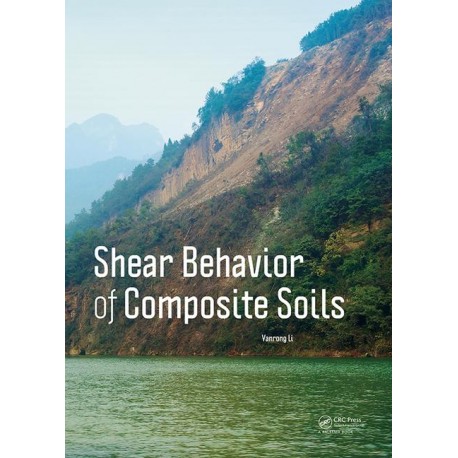 Ver más grande
Ver más grande Referencia: Código 07116
Diciembre de 2016 - Yanrong Li - Refª 7116
Yanrong Li
Diciembre de 2016 Páginas: 136
Código 7116 ISBN/EAN: 9780367885687
Features
• Provides a concise overview of the advances in soil mechanics since it became an independent discipline• Offers down-to-earth guidance on the apparatuses used for soil testing, especially the ring shear test
• Discusses up-to-date achievements in research of residual strength of soils
• Features a novel way to investigate the shear behavior of soil
• Assesses current conditions of landslides in the Three Gorges Reservoir
Summary
This book has the purpose of developing an understanding of the factors determining and influencing the shear behavior of soils, with emphasis on composite soils, as they are the most encountered materials in geological and geotechnical engineering in mountainous areas. This objective is reached by examining the soil compressibility, structure of shear zone and its evolution, and water content of shear zone and shear mode of soils together with analyses of the influences of intrinsic properties, e.g. Atterberg limits, particle size distribution, particle shape, and testing conditions, e.g. normal stress and shearing rate.
An in-depth review is presented in an approximately chronological order and covers almost all the factors that are believed to influence the mechanical behavior of soils. The equipment and test techniques for shear strength of soils are detailed. The residual shear behavior of composite soil is investigated by means of a systematic laboratory testing program using a large ring shear apparatus and an intermediate direct shear box. The Fast Fourier Transform is employed for the first time to analyze the fluctuations of measured shearstress and discovers the close relationships with both intrinsic properties of soils and testing conditions.
Although the book is aimed primarily at researchers in geological and geotechnical engineering, it contains material of interest to students of geology and soil science and also should be a useful reference for practicing engineers faced with composite soils.
Table of Contents
Introduction
1.1 Background
1.2 Scope and objectives
1.3 Organization of the book
2 Achievements in this field
2.1 Introduction
2.2 Previous investigations
2.3 Summary of previous observations on residual strength
3 Testing method
3.1 Introduction
3.2 DPRI type ring shear apparatus
3.3 Direct shear apparatus
3.4 Soil classification test
3.5 Measurement of particle shape
3.6 Summary
4 Artificial soil samples
4.1 Introduction
4.2 Testing program
4.3 Results and discussion
4.4 Influencing factors
4.5 Conclusions
5 Slip zone soils of the TGP landslides
5.1 Introduction
5.2 Study areas and nature of investigated landslides
5.3 Experimental scheme
5.4 Testing results
5.5 Influential factors
5.6 Fluctuations of measured shear stress
5.7 Residual shear modes
5.8 Conclusions
6 Conclusions
6.1 Introduction
6.2 Conclusions
6.3 Limitations
6.4 Recommendations for future study
References
TAMBIEN LE PUEDE INTERESAR
- 63,00 €
- 26,28 €
- 46,80 €
- 27,00 €
- 50,85 €
- 25,20 €
- 12,60 €


